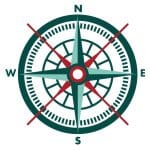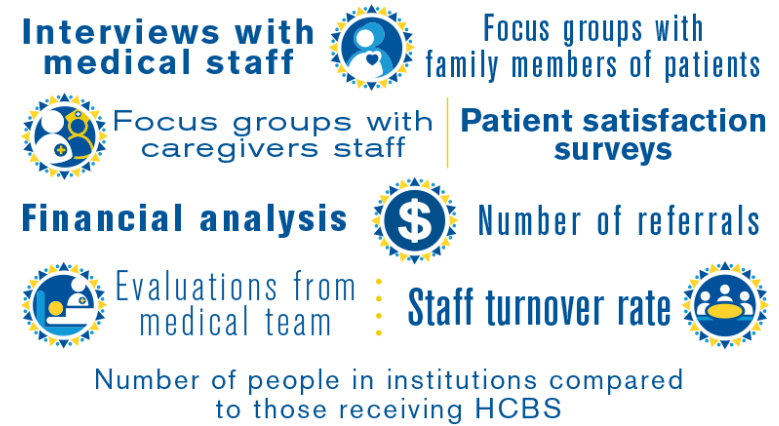
Evaluating your program supports its continued improvement and success. A “good” program evaluation means that:
- The results of the evaluation help your program and community.
- The evaluation asks the right questions, so you get answers to the questions you care most about.
- The process for evaluating makes sense for your program’s budget, number of staff members, and size, and is not too costly or detailed.
- Data is gathered in a way that is fair and prevents harm to others (for example, you ensure that community members are able to complete surveys anonymously if they would like to).
- The data you gather, and report is accurate.
Approaches to Gathering Data
Data simply means the information you collect to learn more about your program and how it is working.
The data you gather for your evaluation can include any information that will help you answer the important questions about your program. For example, you might gather information on staff turnover rates or collect opinions from the family members of people your program serves.
You can gather data in different ways. For example, to collect the family members’ opinions, you might ask them to complete a short survey or to participate in a focus group to share their answers to open-ended questions about the program.
Remember that you can also use the data you collected during the needs assessment and SWOT analysis steps of program planning.
There is no single correct way to gather data. Think about what fits best with your preferences and available resources, like time and money. It is often helpful to gather different types of data to provide a diverse, broad view of the topics you want to know more about. Some common forms of data collection are given below.

Evaluation Steps
General steps for evaluating your program:
- Develop questions that you want your evaluation to answer, such as whether the program is meeting the planned objectives you chose during Step 1 of the LTSS Roadmap.
- Decide how you will gather information. Choose or create the instruments you will use to collect data.
- Set dates by which you want to complete certain steps, such as creating your survey. Set a date by which you want to finish the entire evaluation.
- Collect data that helps answer your evaluation questions. You should also refer back to data that you already collected during your needs assessment and other planning steps.
- Study the data, focusing on answering your evaluation questions.
- Write a report on your findings.
- Share the report with your community and stakeholders.
More about Evaluation
Below are several helpful resources to guide you in planning for and conducting your evaluation.
- The U.S. Environmental Protection Agency’s page about evaluation provides an in-depth definition of evaluation and lists different types of evaluation.
- An evaluation plan makes program evaluation easier and more efficient. See detailed steps provided by Community Toolbox for creating an evaluation plan.
- For different types of evaluation questions, you might need to collect information in different ways. Using this guide from Better Evaluation, learn more about the best ways to collect information for each of your evaluation questions.
- Using this step-by-step guide from Better Evaluation, see detailed steps for planning and managing an evaluation.
- This evaluation framework from Community Tool Box covers the “how” and the “why” of program evaluations.
- Animating Democracy’s resource library provides many sources about program evaluation. You can search by keyword or browse through the contents
